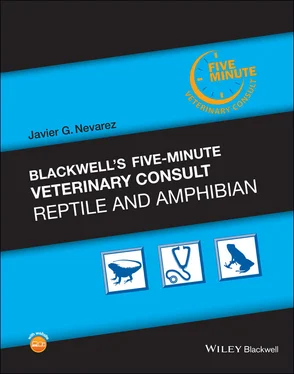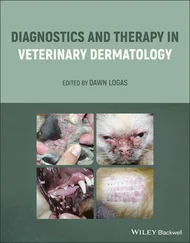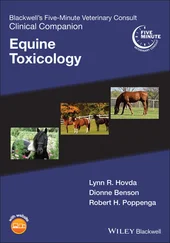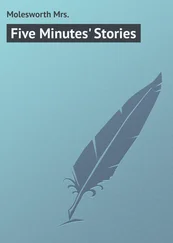Regardless of the type of supplement, calcium is best offered daily to account for variations in intake. The supplement can be provided by coating prey items. However, it must be noted that when insects are coated with a powdered supplement, it will fall off within 10–20 minutes. Insects should therefore be dusted immediately before feeding. There are some products that advertise calcium in a spray or gel cubes. These have not been proven to be effective and should be avoided until research to support their effectiveness is available. There are also some multivitamin products advertised for reptile and many of these include calcium as well as D3. Given that we do not know the nutritional requirement of most amphibian species, the use of multivitamins is questionable. While it may be beneficial in some species it could be detrimental in others that may be over supplemented by certain minerals or vitamins. Finally, earthworms and hornworms ( Manduca spp.) are two excellent sources of nutrition because they tend to have a positive calcium to phosphorus ratio. However this ratio can also vary with the conditions in which they are reared and maintained.
All this information can be overwhelming to veterinarians and clients alike. It is important to understand the basics of UVB requirements and the factors that affect UVB supplementation. All six factors must be considered when selecting a bulb, as there is no single best bulb for every situation. There are new studies and product available every year, so it is also important to stay up to date with the literature and technological advances to provide better recommendations to clients. Proper calcium supplementation, together with UVB light exposure, is critical to prevent secondary nutritional hyperparathyroidism. The absence of either or both of these elements from the history of an amphibian case should prompt veterinarians to include secondary nutritional hyperparathyroidism as a differential diagnosis.
GENERAL RECOMMENDATIONS FOR UVB LIGHTING IN AMPHIBIAN ENCLOSURES
A. For open top enclosures or when there is no material between the bulb and the animal:
1 Use a T8 2–6% bulb at distances up to 15 inches between the bulb and the animal; for distances over 15 inches, a T8 10–12% or T5 6% bulb may be required.
2 Provide a UVB and heat gradient so animals are not constantly exposed to UVB light.
3 Turn UVB light on for 2–4 hours daily to every other day, especially for cryptic or fossorial species that are naturally exposed to low levels of UVB.
For enclosures with a screen/mesh between the bulb and the animal:
1 Use a T8 6–12% bulb at distances up to 15 inches between the bulb and the animal; for distances over 15 inches, a T8 12% or T5 6% bulb may be required.
2 Provide a UVB and heat gradient so animals are not constantly exposed to UVB light.
3 Turn UVB light on for 2–4 hours daily to every other day, especially for cryptic or fossorial species that are naturally exposed to low levels of UVB.
Note: depending on the type of mesh, there may be a 30–50% reduction in UVB, which must be taken into consideration when selecting the bulb. The use of a UVB radiometer is more critical when the bulb is placed above a mesh in order to determine the actual UVB exposure.
1 Acierno MJ, Mitchell MA, Zachariah TT, Roundtree MK, Kirchgessner MS, Guzman D. Effects of ultraviolet radiation on plasma 25‐hydroxyvitamin D3 concentrations in corn snakes (Elaphe guttata). Am J Vet Res 2008; 69(2):294–297.
2 Burger RM, Gehrmann WH, Ferguson GW. Evaluation of UVB reduction by materials commonly used in reptile husbandry. Zoo Biol 2007; 26:417–423.
Section II Chelonians
Abscesses
 BASICS
BASICS
DEFINITION/OVERVIEW
Abscesses are non‐fluctuating hard masses of variable size, formed by concentric layers of purulent material in which the outermost layer has the most liquid consistency. All purulent material is contained in a fibrous capsule. Coloration ranges from brown to yellow. Adhesions occasionally occur with adjacent tissues. There are no general symptoms if the abscess does not result from a systemic infection (salmonellosis, pseudomonas, microsporidiosis, etc.). Dermal abscesses in reptiles evolve from external wounds, ectoparasites or contamination by direct contact with feces or water with a high bacterial population, all of which may be exacerbated by immunosuppression.
Can be a result of local or systemic infections.
Local infections typically isolated to the skin—contamination of wounds with environmental, fecal, or normal flora leading to abscess formation.
Existence of local infections in the skin is very frequent.
Cultures show a high causative flora, including bacteria, fungi, and viruses.
Systemic infections may also lead to abscess formation particularly in internal organs.
Some local abscesses may spread and become systemic if environmental conditions are favorable.
Systemic mycosis has been described by Penicillium griseofulvum in Dypsochelys (Geochelone) gigantea, or sepsis by Serratia marcescens in Gopherus agasizii.
In tortoises, not unusual to find proliferations of fibrous connective tissue, which form hard, subcutaneous, adherent but sometimes mobile structures, comprised of a dense fibrin network that captures inflammatory cells—fibriscess.
Fibriscess grows constantly and becomes fully visible—should not be confused with a fibroid or benign connective tissue neoplasia.
No specific signalment.
Main focus should be on obtaining a thorough history of the husbandry and social interactions of the reptiles.
A history of aggression in a group of reptiles may contribute to the appearance of abscesses.
Poor cleanliness and hygiene of the enclosure can lead to increase environmental bacterial load, which can contribute to skin lesions and abscess formation.
Reptiles may present with cutaneous abscesses ranging in size from a few millimeters to centimeters in diameter. These can either be freely moveable or firmly attached to the underlying tissues.
Some abscesses become chronic and expel a malodorous, purulent discharge. The content of the abscess is mostly caseous in nature.
Sometimes abscesses can affect nearby bones, and animals may present with lameness. Dysecdysis may also be observed in association with the abscess or through the animals’ body.
In aquatic chelonians, the most affected parts are the hindquarters and the neck.
Although they can occur throughout the body of the animal, there is a greater frequency of cutaneous abscesses in the parotid, maxillary, interdigital, limbs, neck, and costal wall.
Poor hygiene and overpopulation can lead to increased bacterial load in the enclosure and possibly stress and immunosuppression.
Rough substrate or surfaces in the terrarium can lead to cuts or abrasions that may become infected.
Inappropriate diet and/or UVB exposure may also lead to a weakened immune status.
N/A
 DIAGNOSIS
DIAGNOSIS
Читать дальше

 BASICS
BASICS DIAGNOSIS
DIAGNOSIS










